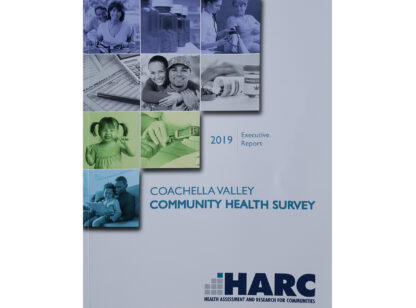As the pandemic morphs on a regular basis, with new case numbers ebbing and flowing, many people are still recovering from COVID. Whether infected once, twice, three times or more, a subset of patients feel they never fully recovered as their COVID symptoms appear to linger.
For some, symptoms may include chronic fatigue and malaise – a sense of tiredness that is severe, persistent and in some cases debilitating. Some people describe a vague sense of brain fog, fuzziness or forgetfulness that make daily activities difficult. This neurologic symptom has been described in the medical literature as a byproduct of the virus’ attack on blood vessels of the brain. Others describe new joint pain or stiffness that limits their mobility and daily activities with some experiencing trouble getting out of bed or remaining bedridden. Unfortunately, symptoms are often dismissed causing sufferers to seek second (or third) opinions and diagnostic testing to validate and affirm their ongoing, unexplained issues.
Frustrated patients have formed support groups to learn more about their condition and share helpful resources. A common complaint is that they are told their symptoms are a normal part of aging, have psychological causes or are related to an underlying mental health condition – even though long COVID has been defined by the World Health Organization and the Centers for Disease Control.
There is a local case study of a middle-aged woman who had documented COVID-19 two times by positive rapid COVID test and likely a third time based on symptoms alone. Interestingly, she had been fully vaccinated and boosted, as recommended by state and federal guidelines. Following two months of debilitating illness, her post-acute sequelae included fatigue, malaise, severe joint pain and decreased range of motion.
Searching for the source of her symptoms, she underwent a battery of diagnostic tests which all were inconclusive. New tests have been developed in the wake of COVID to specifically measure inflammatory markers in the blood. A test was offered to her to measure markers including one called sCD40L.
A number of research papers have described the role of the SARS-CoV-2 virus in the alteration of blood platelets and elevated inflammatory markers, one being sCD40L. This biomarker has been studied in the setting of pancreatic cancer, cardiovascular disease, sepsis and COVID. While it is not a specific marker for long COVID, it can measure the body’s level of inflammation.
Healthy people have low level inflammatory processes that place their sCD40L levels around 5,000 to 10,000. Levels go up with illnesses, injuries and inflammatory conditions. This patient had levels exceeding 35,000 and no other underlying medical condition suggesting what was believed to be long COVID. She was able to work with her medical team to pursue anti-inflammatory treatments and diet, physical therapy and mild exercise to speed recovery. She also was able to move forward with the understanding that her symptoms were, in fact, real and not “all in her head.”
Researchers are working hard to discover fast, accessible tests to help diagnose and manage the after-effects of a COVID infection. If you have had COVID and continue to experience symptoms that are affecting your quality of life or limiting your ability to perform or enjoy activities, talk to your doctor. Clinical trials may also be available to help get to the root of the problem and get you on your way to good health and a complete recovery.
Bernadette M. Greenwood is chief research officer for HALO Diagnostics in Indian Wells and a PhD candidate at Radboud Institute of Health Sciences. She can be reached at bernadette@halodx.com. This article is for informational purposes only and should not be considered medical advice.















































Comments (0)